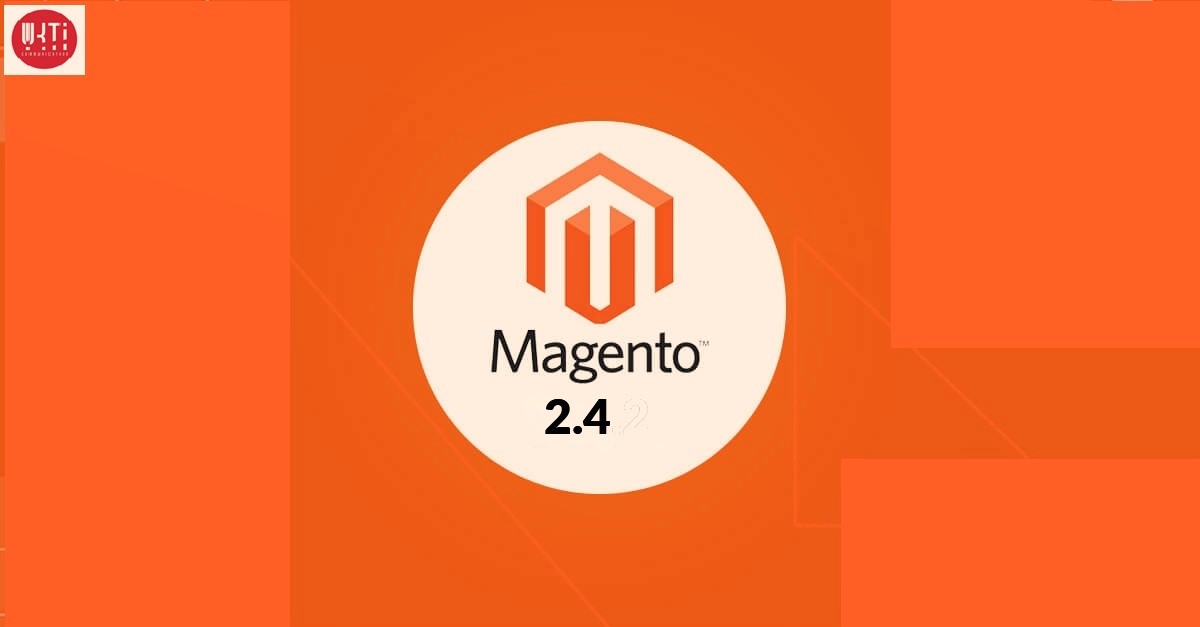Magento is an open-source eCommerce platform that allows for extensive customization. Magento is now a well-known eCommerce platform. Much has been said and written about it since its birth. “Is Magento the right platform for me?” is one of the most often asked questions. What advantages does Magento have over other eCommerce platforms?
Magento has proven to be one of the market’s most durable, adaptable, and scalable open-source eCommerce systems. Magento provides a plethora of sophisticated tools for creating and managing your online business. As one of the leading Magento companies, we have a skilled staff to handle every detail you want our assistance with. We have mentioned the services that we can provide for you. It, like any other platform, provides advantages for e-commerce stores.
6 Advantages of Magento:
1. Feature-rich & Powerful Platform
Regardless of the number of items or orders on your online store, Magento is a robust platform that can meet all of your requirements. It’s a decent enough platform for the store to manage hundreds of items and keep things running smoothly.
As a result, if you’ve been utilizing Magento since the beginning of your store’s development, you won’t have to worry about performance and scalability as it expands. In order to make the website easier to handle, the platform also includes functions such as product and inventory management. It also allows you to configure filters and navigation in a way that improves conversion rates and overall site speed.
2. SEO-Friendly
Optimizing product pages and descriptions with Magento Enterprise Edition is a simple procedure. It creates SEO-friendly URLs since it was designed with SEO in mind. Furthermore, Magento websites are responsive, so your store will be suitable across all devices and browsers. Along with improved SEO, your shop provides an excellent consumer experience.
3. Faster Loading
One of the most significant advantages of Magento 2 is the website’s speed. The website’s loading speed is crucial in a society with a youthful audience.
According to Google data, 50% of people quit sites that take more than 3 seconds to load. Regardless of how busy your business is, Magento allows you to maintain lower load times.
4. Flexible Content Management
When it comes to the primary benefits of Magento 2, Content Management with Magento is also versatile. It enables business owners to personalize their goods and make their stores more user-friendly. Magento has an easy-to-use page editor called What You See Is What You Get (WYSIWYG), which is utilized by individuals who want to change the store’s functionality. This program allows you to alter Web development without having any technical experience.
5. Highly Customized
Magento allows you to personalize everything from the appearance and feel of the site to how you arrange the product categories. However, creating a fully customized store necessitates that everything is developed from scratch. The site also allows you to select from a choice of payment methods, shipping, and languages to better serve your consumers.
Almost any feature is available with Magento. There are several plugins available to assist improve the operation of the online store.
6. Advanced Reporting
Reporting is crucial in an eCommerce shop. Magento has a number of high-end reporting options that provide approximately 20 reports via the web interface. The reporting function provides all essential insights such as orders, customers, and goods. The report is continually updated to reflect the most recent facts.
These include the number of orders, AOV, taxes, and shipping cost collection, the number of registered accounts, the number of product orders, and information on top-selling items. Using the most recent knowledge, data, and metrics, you can intelligently manage your eCommerce store.
What is new in Magento 2.4?
The new Magento 2.4, which was released on July 28, 2020, brings a slew of new features, bug fixes, and security updates to the world’s leading e-commerce platform.
1. A new and enhanced default search engine has been implemented.
2. Enhanced Media Gallery
3. Seller-Assisted Shopping is a new function.
4. Purchase Approval Workflows, a new feature (only for Magento Commerce)
5. Improved security with two-factor authentication
6. More stringent technical requirements overall
Clearly, Magento is addressing some of the most pressing problems of its merchant community, such as search and image management.
The breadth of activity demonstrates that the Magento brand has clearly developed inside Adobe’s family of brands. The new Magento 2.4 offers a few additional reasons for thousands of online companies remaining on Magento 1 to migrate to Magento 2.
If you are a Magento 1 merchant, please contact us directly so that we can assist you to figure out how to best benefit from the worldwide change to e-Commerce that is taking place.
Preparation to Upgrade Magento Version from 2.3.X to 2.4.2
First, get your site ready for the upgrade. Ascertain that your server is set up to support PHP 7.4. According to Magento 2.4.2’s release notes, it only supports PHP 7.4. You can also install Magento 2.4.2 with PHP 7.3 but do so at your own risk because it has not been tested. It is advisable to use the most recent version of PHP 7.4.
Use the following command to determine your PHP version:
php -v
Ascertain that your composer is referring to the correct PHP version. You may check the PHP version of your composer by using the command below.
composer -vvv about
Ascertain that your server is set up to function with Elasticsearch 7.9.x. According to the release notes for Magento 2.4.2, Elasticsearch 7.9.x is recommended. You may use the command below to check the version of Elasticsearch you’re using.
curl -XGET ‘http://localhost:9200’
Or
curl -XGET ‘http://YOURDOMAIN:9200’
Now, backup both your database and your code. The vast majority of developers use GitHub to manage their work. So there is no need for them to take a code backup because they will obtain the code from there, but a database backup is required for everyone.
Steps to Upgrade Magento Version from 2.3.X to 2.4.2:
Step 1
If you are working on a live site, use the following command to put it in maintenance mode.
php bin/magentomaintenance:enable
Step 2
If you are upgrading Magento 2.4.2 on your local machine, you may skip the first step and instead use the command below to grab the backup
composer.json.
cpcomposer.jsoncomposer.json.bak
Step 3
We’ll now install the Composer update plugin.
composer require magento/composer-root-update-plugin=~1.0 –no-update
composer update
Step 4
Following that, you must update composer.json to the most recent version.
We at Yukti Digital have Magento Version 2.4.2 in this scene, therefore navigate to the Magento 2 installation root path and execute the code below.
composer require magento/product-community-edition=2.4.2 –no-update
Step 5
Execute the following command:
composer update
This procedure will take some time to finish. This program will primarily download the necessary components and upgrade your Magento version from 2.3.x to 2.4.2.
After you’ve completed the preceding steps, execute the instructions listed below.
Step 6
Clear the cache and rebuild the code
php bin/magentocache:clean
rm -rfvar/cache/*
rm -rfvar/page_cache/*
rm -rf generated/code/*
php bin/magentosetup:upgrade
php bin/magentosetup:di:compile
php bin/magentosetup:static-content:deploy -f
Step 7
Finally, don’t forget to turn off maintenance mode.
php bin/magentomaintenance:disable
Should You Migrate Online Store to Magento 2.4?
Magento is not only a popular eCommerce platform, but it also has several advantages for both merchants and developers. Customers will like the attractively designed and user-friendly shopping experiences, as well as the simple checkout processes and relevant search results.
If your online store is still using Magento 1, the answer is most likely yes. Not only is Magento 1 no longer officially supported, but the Magento platform is also setting itself pretty high in terms of technical needs and performance with 2.4.
If your online business is running an earlier version of Magento 2, the answer is perhaps. If your existing Magento 2 version meets your requirements, you can continue to use it. Actually, because the Magento community is always providing improvements, it may be wiser to wait at least a month for any new updates to the 2.4 version.
Choose the Best Platform
Magento 2 is the eCommerce platform of choice for company owners, developers, and digital marketers alike, from small start-ups to massive corporate sites with thousands of goods and several warehouse locations. At Yukti Digital, we strive to provide demonstrable outcomes for our clients. We’ve had the honour of working with some of the biggest names in the industry, and we’ve built a reputation for constantly bringing innovation to every project like web development and app development. Are you looking for advice on how to choose the best platform? Please contact us!






